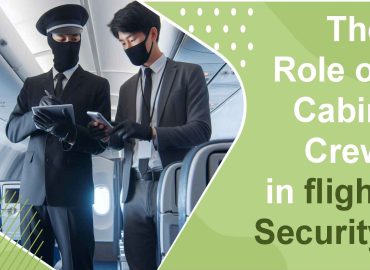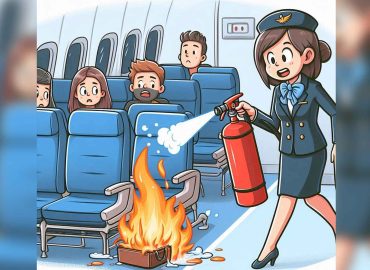- By Ali
- May 29, 2024
- Comments (0)
Aviation safety standards are the backbone of the global aviation industry, ensuring the safe and efficient operation of aircraft around the world. These standards are established and maintained by international organizations and national authorities to mitigate risks and protect passengers, crew, and aircraft. Here’s a comprehensive look at the key aspects of international aviation safety standards.
1. The Role of the International Civil Aviation Organization (ICAO)
The International Civil Aviation Organization (ICAO) plays a pivotal role in establishing global aviation safety standards. Key responsibilities include:
- Setting Standards and Regulations: ICAO develops Standards and Recommended Practices (SARPs) which member states adopt to harmonize aviation operations worldwide.
- Conducting Audits: ICAO’s Universal Safety Oversight Audit Programme (USOAP) evaluates member states’ adherence to safety standards and identifies areas for improvement.
- Facilitating Collaboration: ICAO fosters cooperation between nations to address safety concerns and implement best practices.
2. National Aviation Authorities and Their Responsibilities
National aviation authorities are responsible for implementing and enforcing aviation safety standards within their respective countries. Prominent authorities include:
- Federal Aviation Administration (FAA): In the United States, the FAA regulates and oversees all aspects of civil aviation to ensure safety.
- European Union Aviation Safety Agency (EASA): EASA develops common safety and environmental rules for member states of the European Union.
- Civil Aviation Authority (CAA): Various countries have their own CAAs, such as the UK CAA, responsible for the regulation of aviation safety in their jurisdiction.
3. Key Safety Standards and Regulations
Several critical safety standards and regulations govern the aviation industry, ensuring comprehensive safety management. These include:
- Aircraft Certification: Standards for the design, production, and maintenance of aircraft ensure they meet stringent safety criteria before being certified for operation.
- Operational Procedures: Regulations covering flight operations, including crew training, maintenance procedures, and emergency protocols.
- Air Traffic Management: Standards for air traffic control systems and procedures to ensure the safe and efficient management of air traffic.
- Safety Management Systems (SMS): Requirements for operators to implement systematic procedures for identifying, assessing, and mitigating safety risks.
4. The Importance of Continuous Monitoring and Improvement
Continuous monitoring and improvement are essential components of aviation safety standards. Key practices include:
- Incident Reporting and Analysis: Mandatory reporting of incidents and near-misses helps identify potential safety issues and prevent future occurrences.
- Safety Audits and Inspections: Regular audits and inspections of airlines, airports, and aircraft ensure compliance with safety standards.
- Data-Driven Decision Making: The use of data analytics and safety performance indicators to monitor trends and make informed decisions about safety improvements.
5. Challenges and Future Directions in Aviation Safety
Despite stringent standards, the aviation industry faces ongoing challenges and must adapt to future developments to maintain safety. These include:
- Technological Advancements: Integrating new technologies, such as unmanned aerial vehicles (UAVs) and advanced avionics, into existing safety frameworks.
- Cybersecurity Threats: Addressing the growing threat of cyberattacks on aviation systems and implementing robust cybersecurity measures.
- Environmental Concerns: Balancing safety with environmental sustainability, including addressing the impact of aviation on climate change.
- Global Harmonization: Ensuring uniform implementation of safety standards across different regions and addressing disparities in safety oversight capabilities.
Conclusion
Understanding international aviation safety standards is crucial for appreciating the rigorous processes that underpin safe air travel. Organizations like ICAO, national aviation authorities, and industry stakeholders work collaboratively to develop, implement, and continuously improve these standards. By staying vigilant and proactive, the aviation industry strives to maintain the highest levels of safety in an ever-evolving landscape, ensuring the well-being of passengers and crew worldwide.



